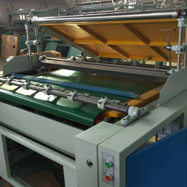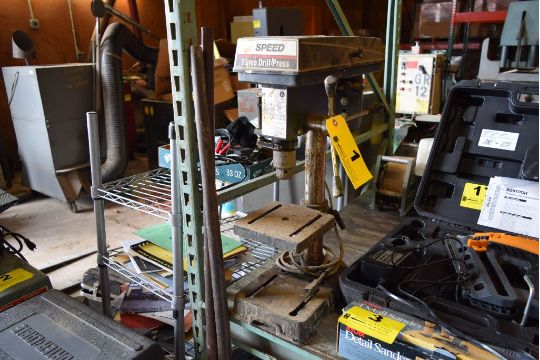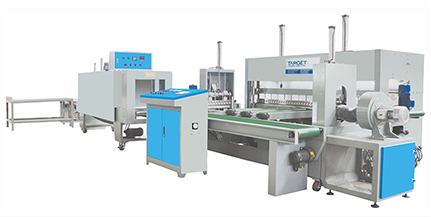

Manual earthwork and transportation on the field had reached their limits, giving rise to demand for compact construction machinery such as “hand dozers” (downsized bulldozers). During the period of rapid economic growth, the focal point of social infrastructure development shifted to construction work in urban settings, most of which was to improve living environments, and the needs for small-scale construction work increased with continued urbanization. Kubota’s about-face to compact machinery was a result of its savvy response to the needs of the times and the market. It was this decision that led to the inception of the current line of compact construction machinery, and from that point on, history was made. While striving to survive tough competition in the area of large construction machinery, Kubota made the bold move to reengineer its construction machinery business by “focusing on compact machinery” in 1973. In retrospect, large construction machinery such as mobile cranes and hydraulic shovels marked the “prehistory” of Kubota’s construction machinery business. Kubota fought well, securing a stable flow of orders, but it was a time of immense struggle as competition raged. As the construction market boomed, in part because of the “Building a New Japan” plan proposed by the then Japanese Prime Minister Kakuei Tanaka, the competition in the hydraulic shovel industry intensified. After signing a technical partnership with Hinrich Weyhausen KG of former West Germany in 1966, it was decided to market the first hydraulic shovel from Kubota, “Atlas,” as a core model, and production subsequently began.

Again, Kubota was quick to take advantage of this emerging technology. Compact and lightweight, yet powerful and easy to operate – hydraulic machinery was suited for a broad range of applications, which in turn enhanced performance and quality of construction machinery. Was fast-advancing hydraulic technology,which was first introduced from Europe in the 1960s.


One of the key factors that accelerated the development of the construction machinery industry in Japan These efforts helped Kubota to attain the leading position in the cargo handling equipment market in Japan, and thus Kubota made its presence felt in the industry. In a bid to capitalize on the growing demand at the time, Kubota developed the 4-ton Mobile Crane KM40 to enter the market, which was followed by the 8-ton Mobile Crane KM80 to expand the mobile crane series. It was against this historical backdrop that Kubota kicked off its construction machinery business.Īt large construction sites in urban settings, mobile cranes became the preferred machines for handling larger materials, as their movements are not restricted. It was a time when “big projects” for improvement of industrial infrastructure were starting up in rapid succession, be it for the development of highways and traffic and communication networks, the enhancement of port and harbor facilities, in addition to development of electrical power. Inspired by the impressive performance of large construction machinery imported from Europe and North America to build a hydroelectric dam, calls for domestic production of construction machinery grew louder in the country. In those days, as Japan was doing its utmost to recover from the ravages of World War II, the development of electrical power began in earnest. in 1953, when it commenced the design and sale of power shovels and other construction equipment. Kubota made its first entry into the construction machinery business with the establishment of Kubota Kenki (construction machinery) K.K.


 0 kommentar(er)
0 kommentar(er)
